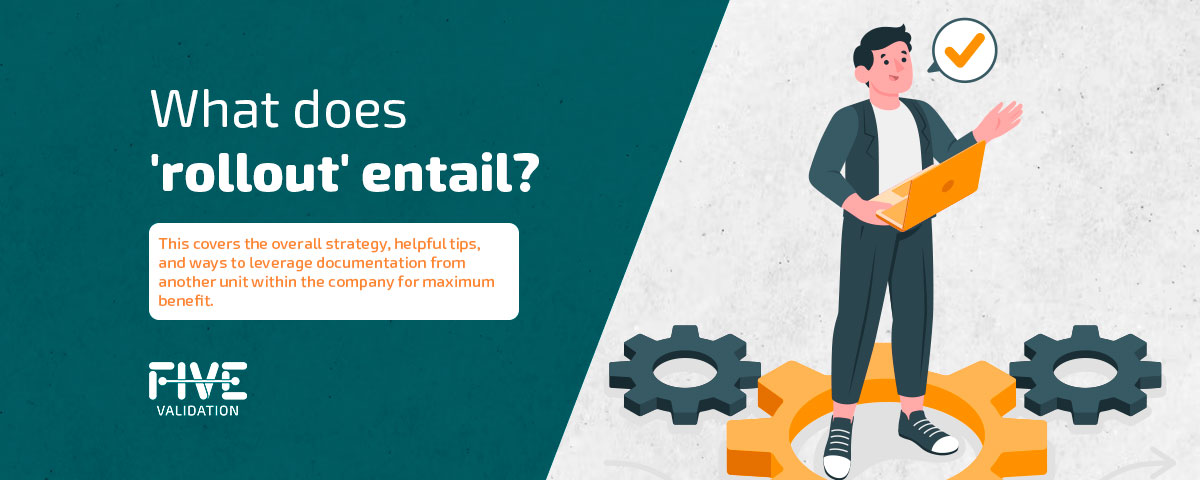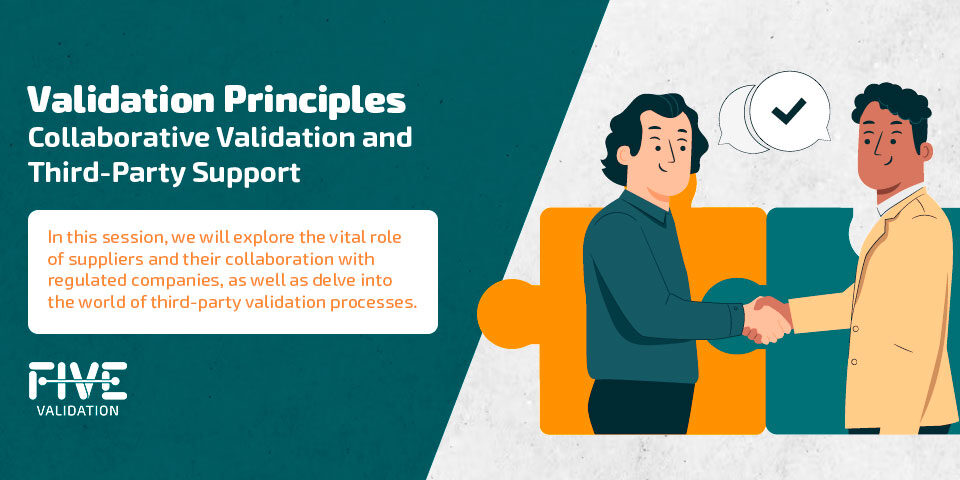What does ‘rollout’ entail?

This covers the overall strategy, helpful tips, and ways to leverage documentation from another unit within the company for maximum benefit.
The adoption of global systems is a standard practice within the life sciences industry. In many cases, the global team assumes the responsibility of validating computerized systems, commonly referred to as CSV (Computer System Validation).
Rollout is a term that refers to the process of gradually deploying a technology, system, product, or service. In this sense, it is common for the same system implemented at the head office to be used by subsidiaries or group companies, to take advantage of technology, knowledge, and/or consolidating information in the same database.
From a validation perspective, once a system has been validated in its country of origin, conducting the rollout becomes advantageous, as it expedites the process.
Nevertheless, it is of utmost importance to assemble a team comprising professionals from various disciplines to evaluate the quality of the existing validation documents. This approach allows for the detection of any discrepancies in the process and helps decide whether these unique aspects should be integrated into the validation procedures of the country of origin or treated as supplementary requirements by the subsidiary.

The stages of the rollout process from a validation perspective include:
The application of Functional Risk Assessment can be a valuable approach for aligning global documentation with the functionalities validated at headquarters.
The validation specialist should verify whether the mitigations have been considered in the validation process conducted in the country of origin and, if needed, suggest additional mitigation measures.
The typical deliverables in a rollout project include User Requirement Specification (URS), Validation Plan, Functional Risk Assessment, Test Protocol(s), Traceability Matrix, and Final Validation Report.
To demonstrate the alignment of the global system with local operations, a test protocol can be formulated, encompassing the following components:
Utilizing Agile Methodology for Validation Processes
The GO!FIVE® platform serves as a validation lifecycle management tool designed to accommodate both traditional (waterfall) and Agile validation approaches while adhering to FDA, EMA, and WHO regulations. It is an exceptional choice for phased projects, rollout initiatives, and general Agile projects. Key features include the ability to:
Ensuring Secure Access to Current Global System Validations for Local Company Units
Regulatory authorities acknowledge the submission of documentation conducted by the global team as a means of demonstrating the system's adherence to prevailing rules and regulations.
This streamlines the process significantly, eliminating the need to reiterate the entire validation procedure in every individual unit or country where the company has a presence.
Hence, having a system that enables secure access provisioning for global or individual units to units within the company becomes valuable. This simplifies the procedure for addressing audits of global systems conducted by local regulatory authorities.
In an ideal scenario, a validation-sharing system should support the generation of locally produced PDF documents without any risk of altering the information contained within the up-to-date validation.
This becomes particularly crucial when there are interrelated changes within the validation study, as it is imperative to ensure the precision and integrity of the information provided to regulatory authorities.
What Does FDA Audit Preparedness Entail?
This term signifies that the quality system is prepared for a regulatory agency inspection without the need for significant last-minute preparations.
In validation studies, particularly those subject to frequent changes in business rules, it is common for validation professionals to create individual documents for each change.
Over time, the validation study becomes fragmented, lacking a consolidated and up-to-date version that encompasses all the tests conducted during the initial validation.
Ideally, it should be possible to have a single test script, for example, for functions that have never been changed since implementation, together with the changes in a single study, showing traceability and version control for each test, including respective reviews and approvals before (pre) and after (post) test execution.
With the GO!FIVE® software, you can generate document sets per Change Management (CM) or produce a comprehensive updated validation study in PDF format with updated components appended to the original study:
A complete validation package, inclusive of changes.
OR
Segregated by unit, sprint, change, and/or process.
CONCLUSION
The adoption of global systems by industries is widespread and offers substantial advantages in terms of process validation and compliance.
Sharing documentation and validations among company units plays a pivotal role in streamlining adherence to local regulatory requirements, ensuring the effectiveness and safety of the implemented systems.
To increase adaptability and responsiveness to changing needs in a controlled manner, the use of software such as GO!FIVE® can promote innovation and the sharing of best practices between units.
For additional information about GO!FIVE®: Click Here
If you'd like to arrange a meeting with our experts, please schedule HERE.
About the Author: Lílian Ribeiro

Lílian Ribeiro is a chemical engineer with a decade of technical and commercial expertise in the food industry, with a specialization in corporate quality and quality control. She also has valuable experience in the health and pharmaceutical sectors. As an advocate for paperless validation, she is passionate about introducing efficiency and innovation to life science companies. Lílian's extensive experience is instrumental in validation and qualification projects, encompassing VLMS, ERP, EQMS, automation (PW), and IT infrastructure qualification.
About the Reviewer: Sílvia Martins

Silvia Martins is an electrical engineer with two decades of experience in the biopharmaceutical and medical device sectors. She has received training in GAMP5 and FDA 21 CFR Part 11 in England, SAP® validation in Germany, and has expertise in data integrity and data governance gained in Denmark. As the CEO and co-founder of FIVE Validation, a company committed to simplifying compliance processes, Silvia is dedicated to expediting and streamlining procedures for clients while maintaining a high level of robustness and compliance.




